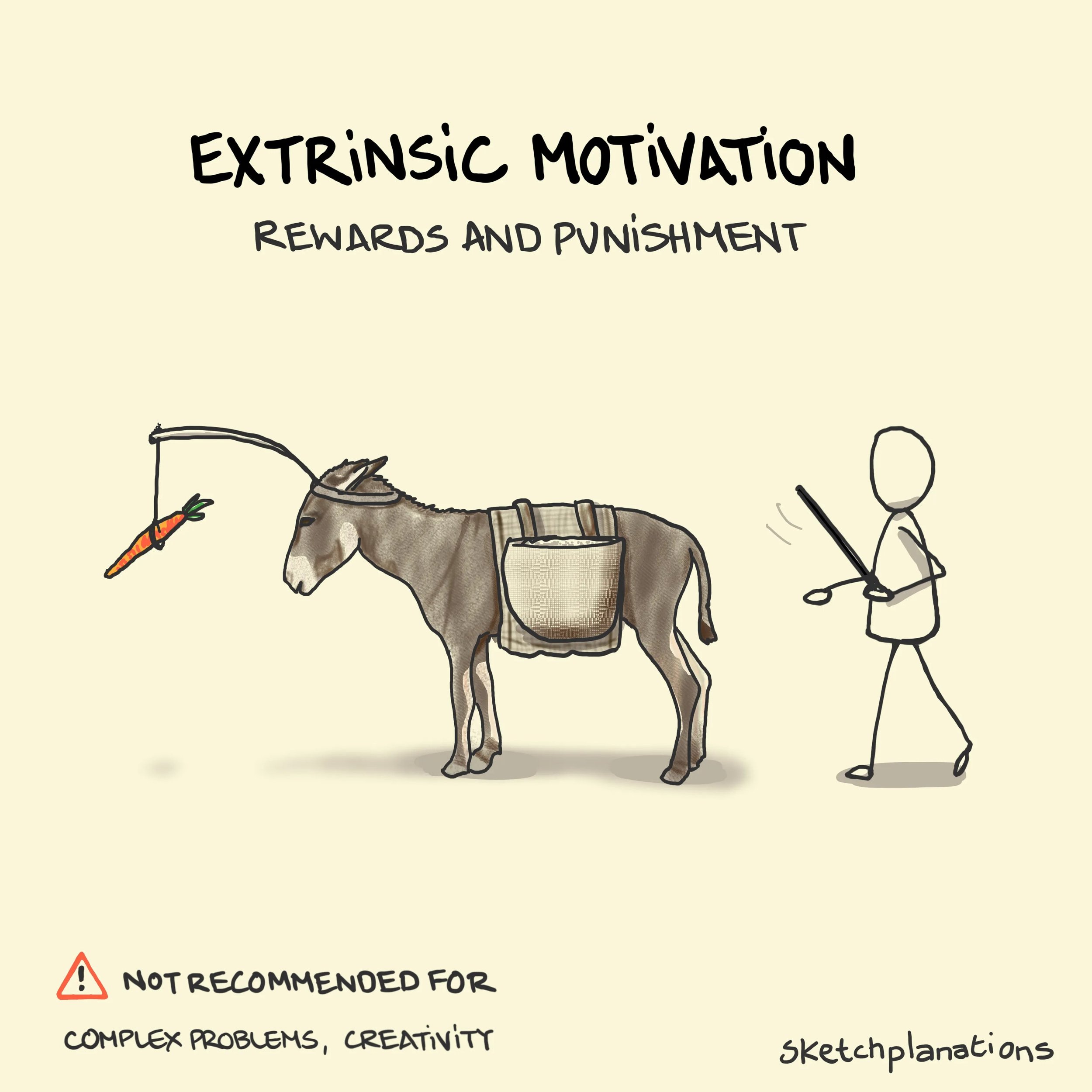Managing the Strata Defects Donkey with More Carrots & Sticks
I’ve realised that the new strategies being adopted in NSW and proposed in other parts of the country reveal a subtly different approach to dealing with the strata defects donkey. But, I’m not sure that it’s an either or proposition.
In most situations where you want to achieve change, carrot and stick strategies are normally used together. And, the problem of strata building defects is no different.
Up to now, the strata defects donkey has mostly been handled with sticks with better or lesser outcomes over time.
Initially, Home Building Act protections, first resort HOW Insurance, coverage for all strata buildings regardless of height, 6 and 7 year time limits for all defect types, and favourable Tribunal and Court decisions worked as effective sticks to make developers and builders at least pay for building defects [and sometimes even at a premium]. Over time it began working to effectively penalise developers and builders. But, NSW Government policy changes over the last 15 plus years virtually wiped out strata owners’ rights over defect claims via litigation, which meant the stick was basically thrown away. That was a mistake. So, that big claim and litigation stick needs to be given back to strata owners to address this.
However, the last few years have seen a new stick being used in the form of improved scrutiny of new strata buildings by the NSW Building Commissioner, powers to make Orders and to stop Occupation Certificates, and better documentation and certification of construction methods. That’s great. But, it’s a stick wielded by the Government where strata owners have no say, agency or power. So, whilst that should continue, it’s not enough.
Instead, new developer ratings and premium pricing for better-rated developers or buildings are carrots.
Up to now, that's happened via market perceptions [or gossip] about developers and builders which affects saleability and price.
Now, there’s #iCRIT which is fine as a commercial comparative service run for profit [#iCRIT’s and developers]. But, whether or not a better rating warrants a higher strata apartment sale price is up to the market. Plus, I doubt that a developer’s rating is actually verifiable for 7-10 years since it often takes that long for strata owners to know if their building is defect free and/or if the developer and/or builder will properly address defects. For instance, One Central Park has just learned of structural issues with facade-mounted planters more than 10 years after it was completed. So, it’s not yet an effective tool to use to motivate the strata defects donkey.
But, the strata defect donkey is very stubborn as well as being very complex.
Perhaps other carrots will develop from the old market gossip model like buyer reviews that ‘out’ badly built strata buildings, developers and buildings using social media.
So, I think it’s going to need a few sticks wielded by different stakeholder groups [easier claims, more litigation and government scrutiny and controls] and more than a few carrots of different flavours [iCrit, market gossip, buyer reviews, etc] over a long time to get the strata defects donkey moving in a new and better direction that lasts.
February 09, 2024
Francesco ...
